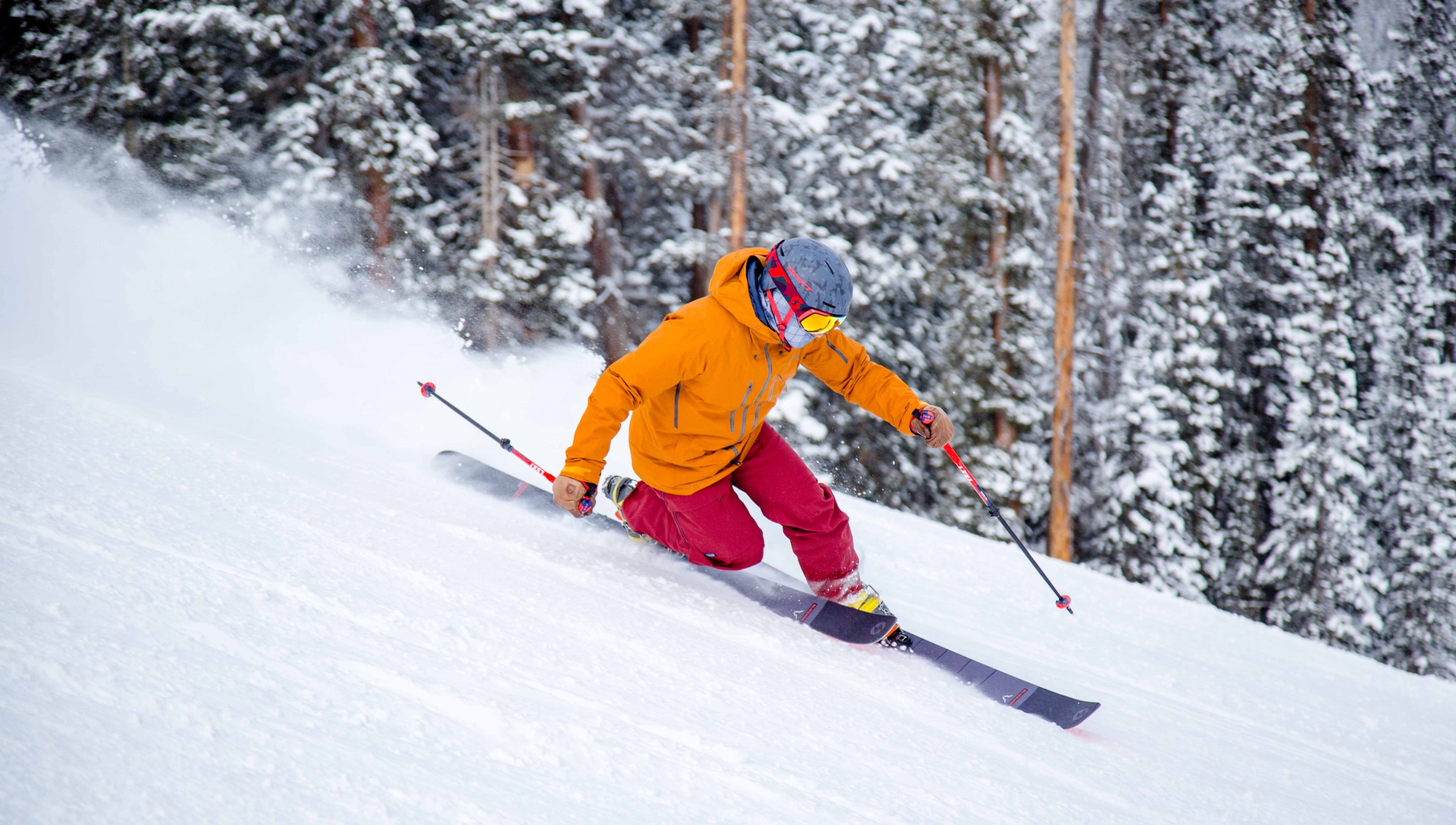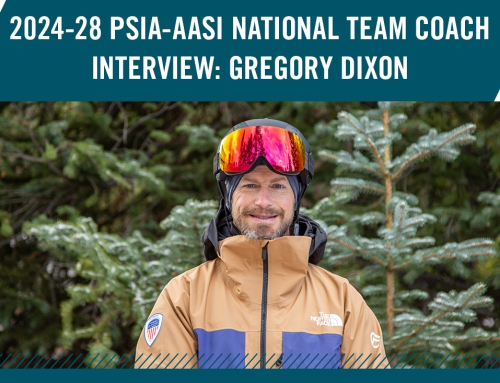Cause-and-Effect Correction: Telemark Tips
When watching a talented telemark skier link turns down a slope, the words that commonly come to mind are “rhythm” and “flow.” Smooth movements performed with symmetry and grace allow good tele skiers to flow effortlessly from turn to turn. This beautiful movement turns heads on the slopes and draws people to the sport.
As much as they admire – and wish to master – this elegant technique, most telemark skiers don’t start off with this ability to simply flow from one turn to the next. It’s actually quite common that this flow is interrupted from turn to turn.
As the need to control speed and manage terrain arises, telemark skiers can get defensive and start to add braking movements into their descent. One of the most typical movement patterns is one in which skiers rush through the top half of their turn by quickly steering their skis through the initiation and shaping phases. As a result, they need to press hard on the edges at the end of the turn to shut down their speed. It’s here in the finishing phase of the turn that telemark skiers often get stuck! With that braking movement diminishing their rhythm, they have to quickly regroup to start their next turn. Bye-bye flow.
Getting Unstuck!
For telemark students who want to ski with smooth symmetry and grace (and, really, isn’t that every student?), emphasize these three things:
Speed control is product of turn shape. To eliminate braking movements at the end of the turn, skiers must first look at their approach to the start of the turn. Manage rotational movements throughout the turn so they’re being applied evenly through the entire turn. The path of the skis in the first half of the turn should be similar to the path at the end of the turn. By rounding out the top of the turn, the speed can be managed early and allow for a smoother exit at the end of the turn.
Edge earlier. To be a skillful skier, a good goal is to tip the skis up on their new set of edges early in the turn. This allows the skis to engage and bend and help to pull the skier through a turn. As the skis pass the fall line, it’s then time to start the movements to release the edges. An earlier flattening of the skis will reduce those edgy braking movements that bog skiers down at the end of the turn.
Keep the feet moving. The telemark lead change plays an important role in managing stability and pressure. Quickly applying the lead change early in the turn can lead to a static stance at the end of the turn. To avoid getting stuck in this stance, skiers should keep the fore/aft movement of the feet constant through the turn. By flexing and extending the legs from one stance to the other, they can better manage the pressure that builds from the snow to the ski. To reduce the build-up of pressure, skiers should work towards the new lead change as soon as they move into the finishing phase of the turn.
Rhythm and flow are the hallmarks of a beautiful telemark skier. Learning to time movements so they can be more continuous rather than static will help reduce that stuck position at the finish of each turn.
This article, by Greg Dixon, originally appeared in the Spring 2019 issue of 32 Degrees. Log in now to the online version to access other great content that will up your instructor game.
Dixon is a member of the PSIA-AASI National Team. He teaches at Oregon’s Mt. Bachelor and Mt. Hood Meadows and is the lead telemark examiner and trainer in PSIA-AASI’s Northwest Division.







